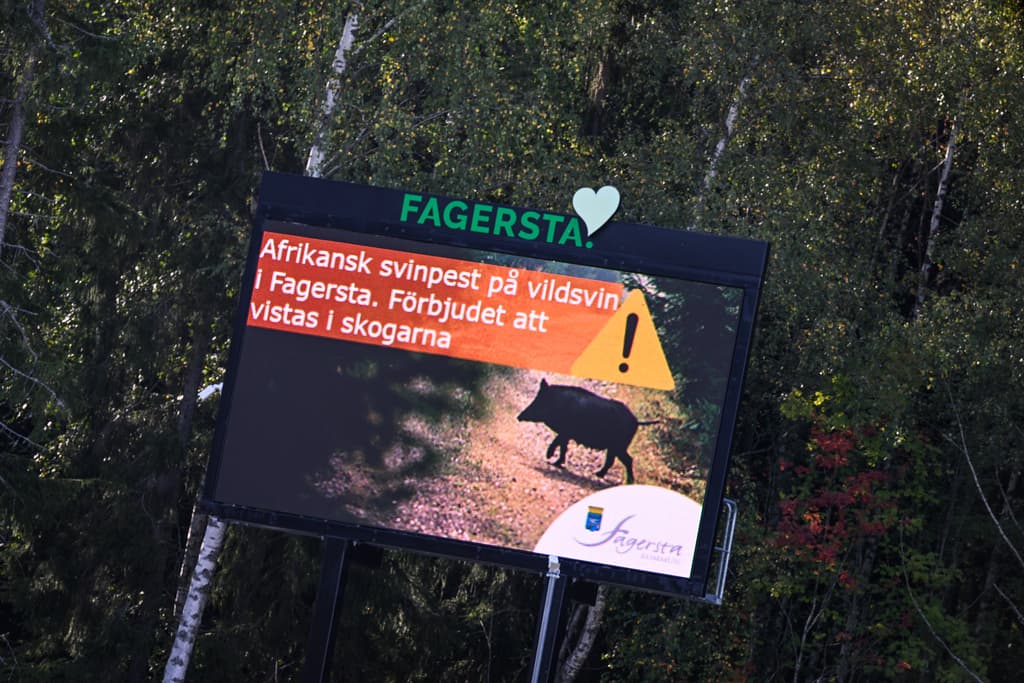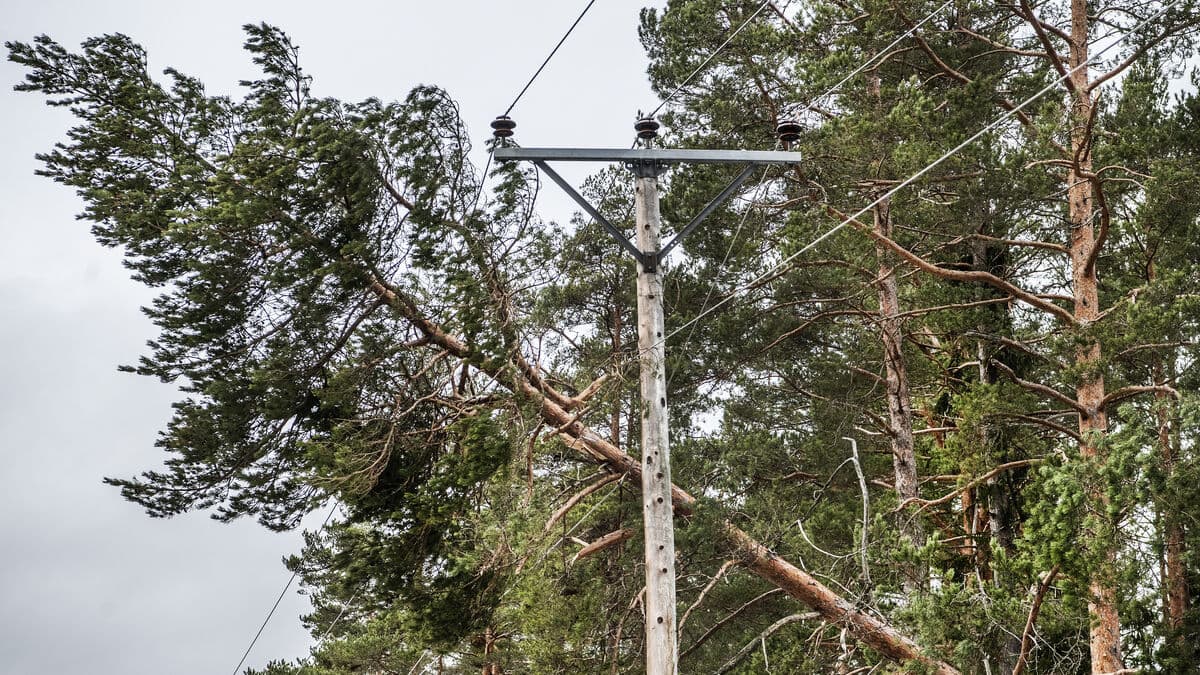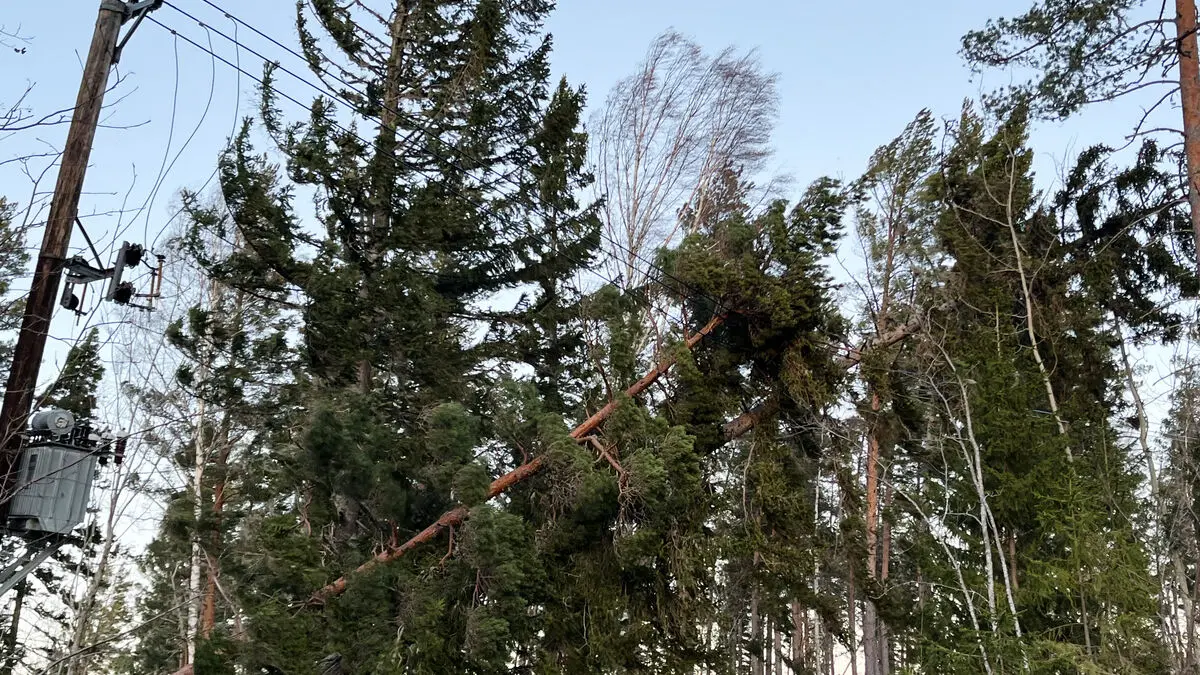The danger appears to be over in the previously African swine fever-infected area in Fagersta – and people can move freely in the forest.
Now, research will be conducted on what made the Swedish strategy successful.
Almost all restrictions have been lifted in the area where the first cases of African swine fever were discovered in Sweden last autumn. The Swedish combat campaign seems to be one of the few successful ones against the infection in Europe.
Our assessment is that the risk of there still being infection present is negligible. However, to be completely cleared by the EU, it must have been a year since the last case, says state veterinarian Erika Chenais.
The National Veterinary Institute (SVA) has been allocated 8.4 million kronor by the Environmental Protection Agency to study the handling of future outbreaks of African swine fever in wild boar.
The task includes finding out what made the combat against swine fever successful in Fagersta. Erika Chenais, who leads the research project, believes that several factors can explain why the Swedish combat seems to have been so successful.
Where the infection broke out was precisely on the edge of the wild boar's distribution area. Moreover, we were quick to fence in the area, and the sparse forest made it easier to control the wild boar using bait towards the area where they would be put down.
A well-established collaboration with hunters was also crucial.
The hunters in Fagersta have been absolutely fantastic, says Erika Chenais.
Since the infection was confirmed in September last year, a total of 68 wild boar carcasses positive for ASF virus have been found in the infection zone, according to SVA. 59 domestic pigs and 92 wild boar have been put down in the infected zone. No infection spread has been detected since the end of September.





